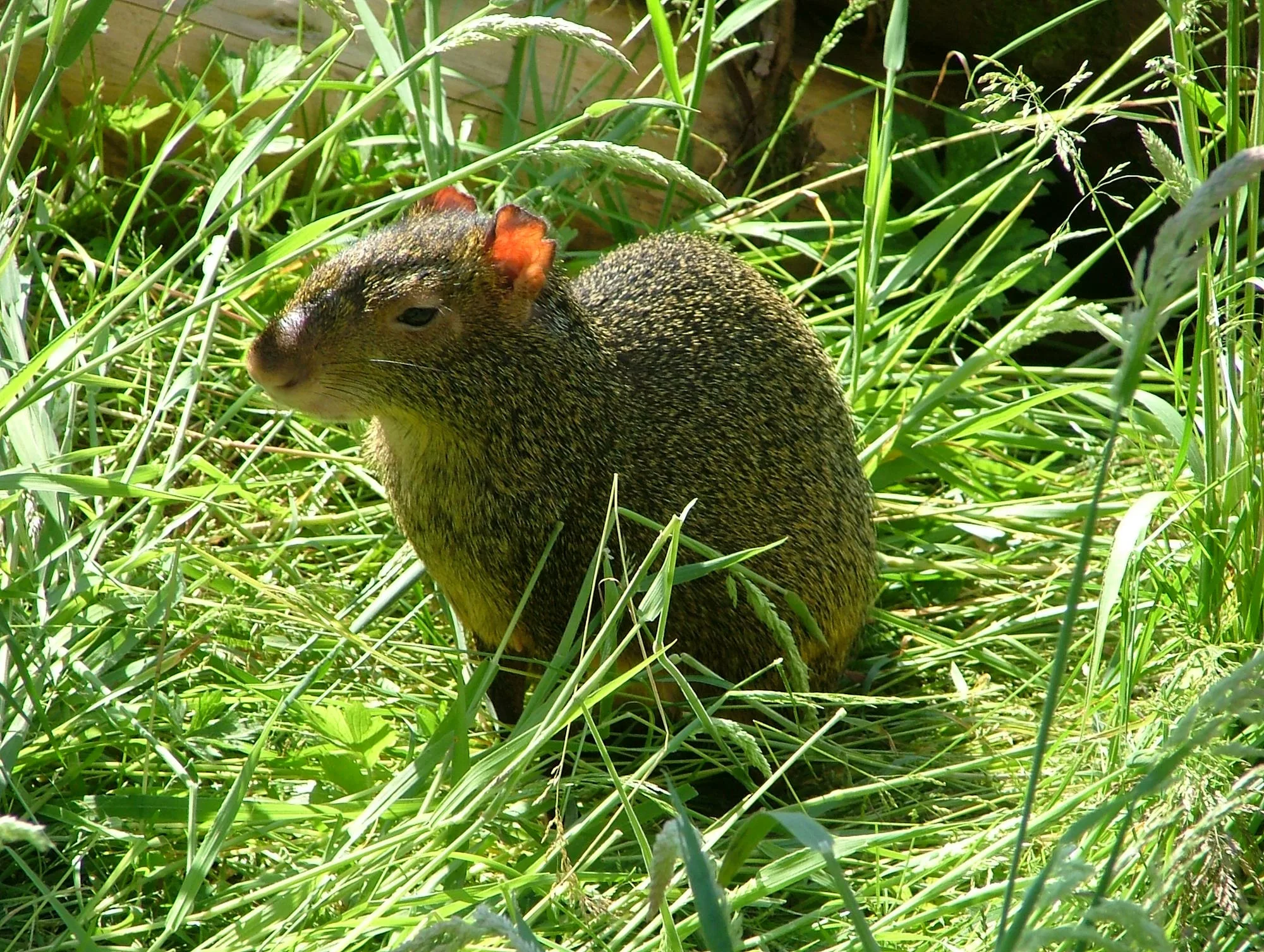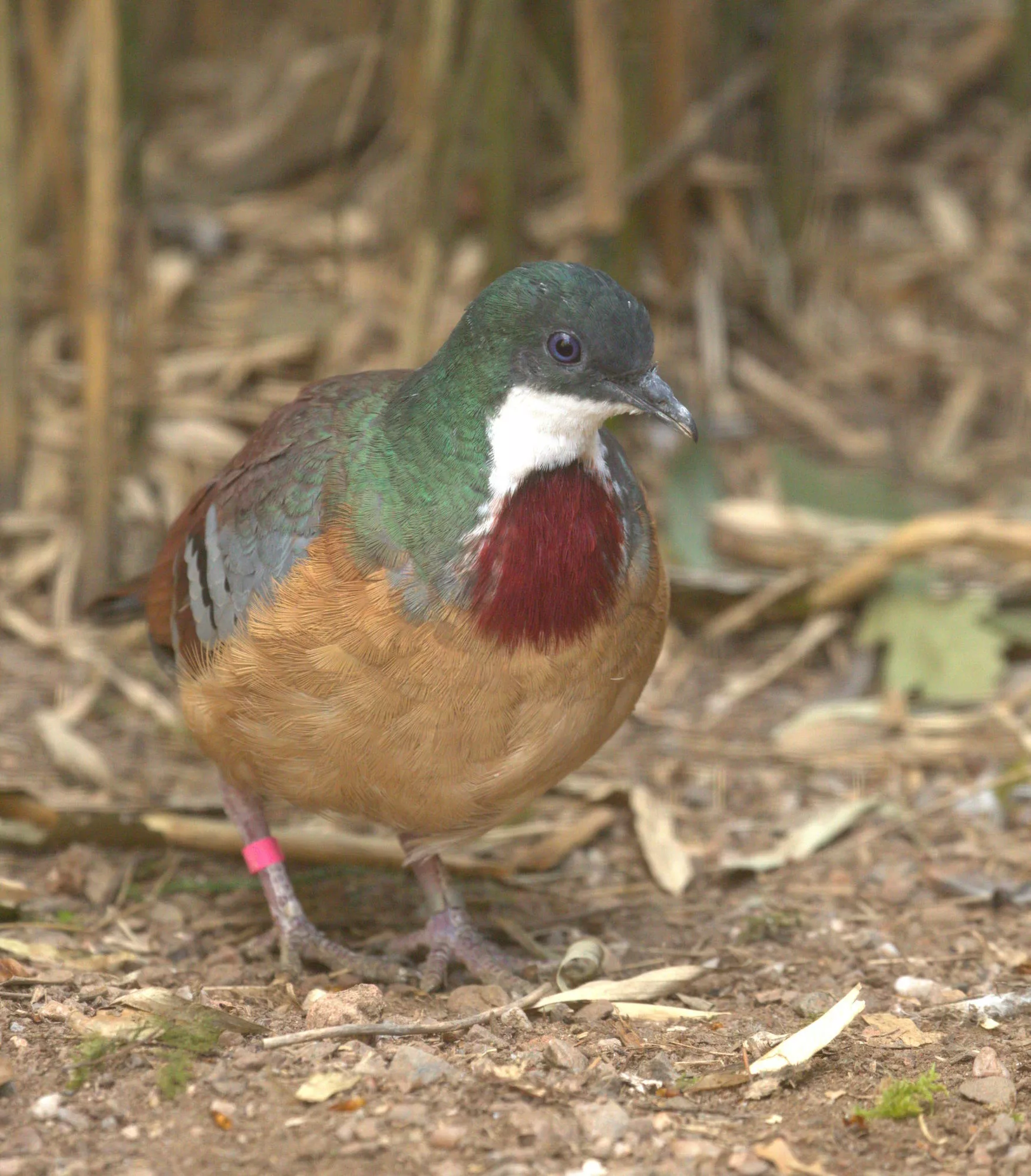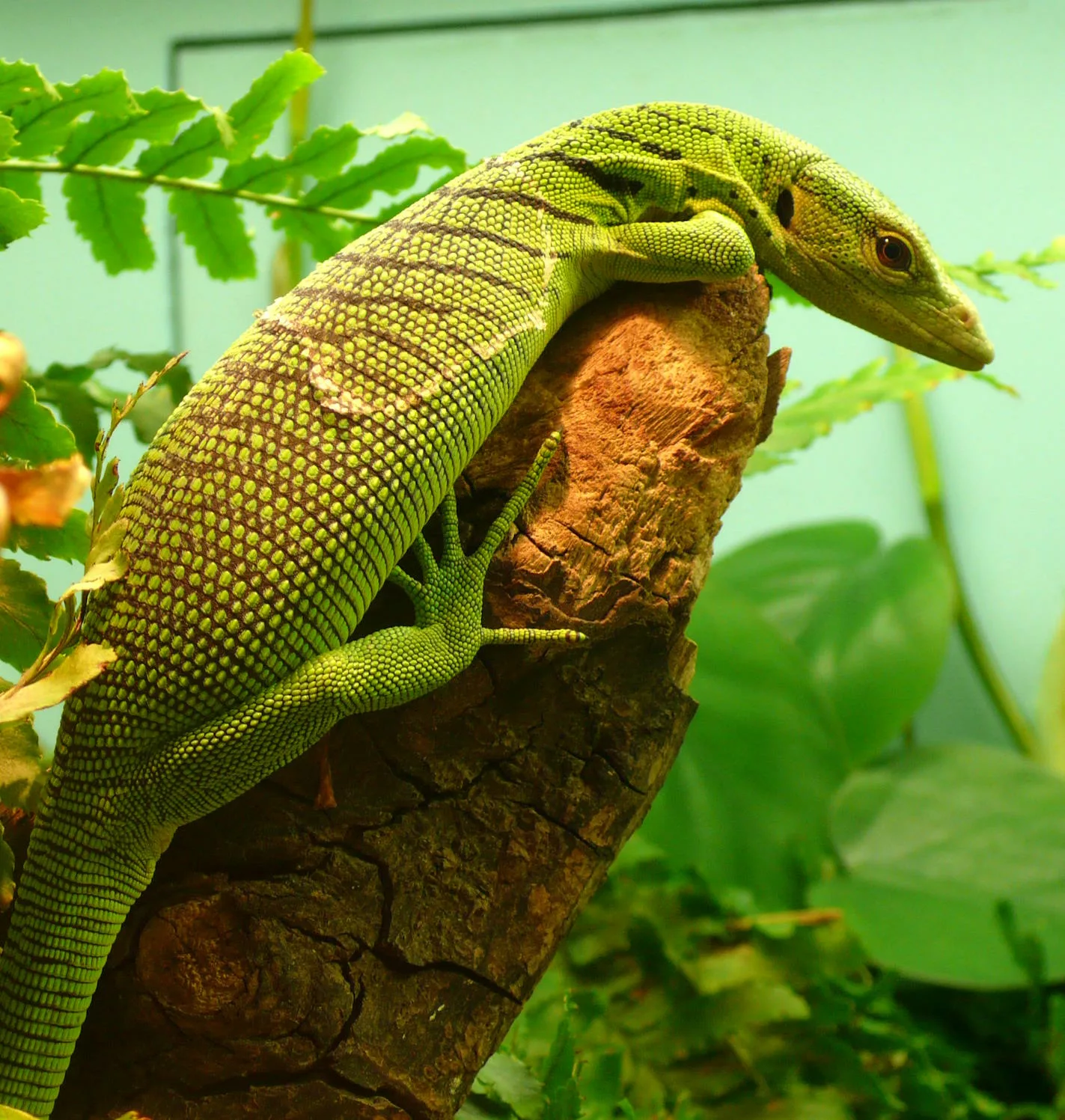
Bali myna
Scientific name: Leucopsar rothschildi
IUCN listed as: Critically Endangered
Learn before you visit!
Here are some facts about the species – Discover what they eat, find out about their natural habitat, see what they like to do, and more… Set the reading style to suit you too, everyday speak or something aimed towards children.
Child-friendly
Everyday
Diet
Bali Mynas primarily feed on fruits, seeds, insects, and small reptiles found in their natural habitat. They forage in pairs or small groups, using their sharp beaks to pick at fruits and capture insects. Their diet is supplemented by nectar from flowers, which they obtain by probing the blossoms with their long tongues.
Bali Mynas like to eat fruits, seeds, insects, and even small lizards they find in forests. They use their sharp beaks to pick at fruit and catch bugs. Sometimes they also drink nectar from flowers using their long tongues.
Breeding
Breeding season for Bali Mynas typically occurs from April to August. They construct cup-shaped nests made from twigs and leaves in tree cavities or man-made nest boxes. Females usually lay two to three eggs, which are then incubated for about two weeks. Both parents share the responsibility of feeding and caring for the chicks until they fledge.
When it’s time to have babies, Bali Mynas build nests from twigs and leaves in trees or special boxes. Mummy birds usually lay two or three eggs, which they sit on for about two weeks. Both mum and dad birds help feed and look after the chicks until they learn to fly.
Habitat
Bali Mynas are endemic to the island of Bali in Indonesia, where they inhabit lowland forests and wooded areas. They prefer open woodland with scattered trees for nesting and roosting. Deforestation and illegal trapping for the cage bird trade have severely reduced their natural habitat and wild population.
Bali Mynas live only on the island of Bali in Indonesia, in forests and areas with trees. They like places where there are some trees but not too many. Sadly, their homes are getting smaller because of people cutting down trees and catching them to sell.
At the zoo
In zoos, Bali Mynas are kept in aviaries designed to mimic their forest habitat. They are provided with a variety of fruits, seeds, and insects similar to their diet in the wild. Breeding programmes in zoos aim to increase their population and support conservation efforts. Visitors can observe their striking plumage and observe their social interactions.
In zoos, Bali Mynas live in big cages that look like their forest homes, with lots of fruits, seeds, and insects to eat. Zoos also help them have babies to keep their numbers up and protect them. You can see how pretty they are and how they play with each other.
Behaviour
Bali Mynas are social birds that communicate through a variety of calls, including whistles, chirps, and squawks. They are agile flyers and spend much of their time foraging in the forest canopy. These birds are known for their striking appearance, with bright white plumage, black wingtips, and a distinctive blue patch around their eyes.
Bali Mynas are friendly birds that talk to each other with different sounds like whistles and squawks. They are really good at flying and spend lots of time up in the trees looking for food. Their white feathers with black wings and blue around their eyes make them look very special.
Fun facts
- Rare Bird: Bali Mynas are one of the rarest birds in the world, with only a few hundred left in the wild.
- Distinctive Appearance: They have striking white plumage, black wingtips, and a bright blue patch around their eyes.
- Nest Builders: These birds build their nests from twigs and leaves in tree hollows or nest boxes made by people.
- Agile Flyers: Bali Mynas are excellent fliers and can dart through the forest canopy with ease.
- Conservation Efforts: Many zoos around the world are working hard to breed and protect Bali Mynas to prevent them from disappearing.
- Super Rare: Bali Mynas are really rare birds, and there aren’t many of them left in the wild.
- Cool Looks: They look amazing with white feathers, black wings, and a blue patch around their eyes.
- Home Builders: These birds make nests from sticks and leaves in holes in trees or special boxes people put up.
- Flying Wizards: Bali Mynas are great at flying and can zoom through the trees really fast.
- Saving Birds: Zoos all over the world are helping Bali Mynas have babies and keeping them safe so they don’t disappear.
More animals to discover at our zoo
Quick Links
Tickets & Prices
You can buy tickets for Exmoor Zoo securely online, as well as finding out more price options, discover offers, and more…
What’s on…
Exmoor Zoo hosts incredible Events all through the year. You can find out about what we’ve got in store here…
Routes & info
Like any great discovery, Exmoor Zoo can feel a little off the beaten path – but don’t worry – you can plan your journey with our recommended routes and other useful travel info.



























